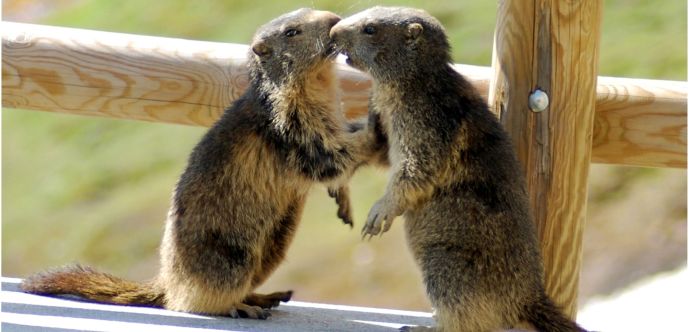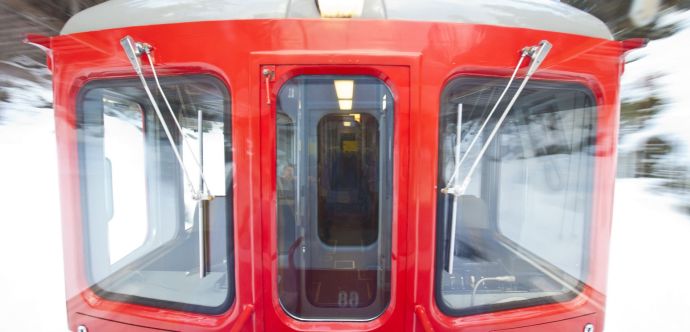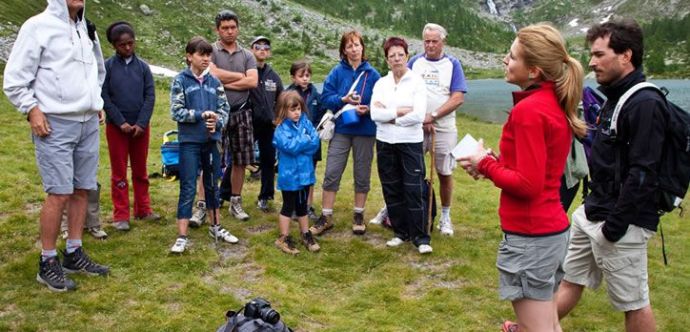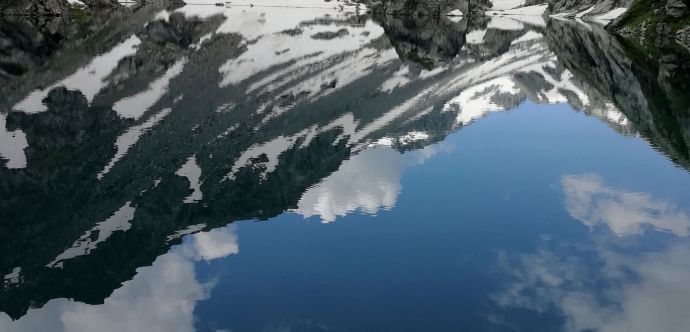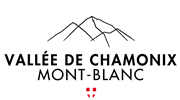Mont Blanc Transboundary Conference
The Mont Blanc Transboundary Conference, initiated in 1991 by the Ministers of the Environment of France, Italy, and Switzerland, is a structure of concerted political effort, involving the representatives of national, regional, and local entities concerned with the Espace Mont-Blanc.
The Canton of Valais, the Autonomous Region of the Aosta Valley, and the Community of Communes of the Chamonix-Mont Blanc Valley on behalf of the communities of the Pays du Mont Blanc and Savoie adhering to this process are the linchpins of it on different territorial levels.
France
On the French side, the territory belonging to the Espace Mont-Blanc covers the two communities of communes of the Pays du Mont Blanc and Chamonix Mont Blanc Valley for Haute Savoie and the communes of Bourg Saint Maurice, Beaufort, and Hauteluce for Savoie. Each of these three entities is represented at the Mont Blanc Transboundary Conference. These communities are supported in this process by the Conseil Savoie Mont-Blanc (Savoie Mont-Blanc Council).
From the glacial massif to the urbanised valleys, this region possesses numerous advantages that ensure its fame and favour a dynamic economic and social life.
Assured from the start by the Syndicat Intercommunal Espace Nature Mont Blanc, then by the SIVOM Pays du Mont Blanc, the technical and administrative transboundary secretariat has been transferred since 2010 to the Community of Communes of the Chamonix Mont Blanc Valley.
Italy: Autonomous Region of the Aosta Valley
The Autonomous Region of the Aosta Valley participates in the works of the Mont Blanc Transboundary Conference through the Regional Assessorate for Public Works, Territory and Environmental policies, which gives title to the Vice-Presidency and the coordination of the Italian delegation.
Among its competencies relating to the environment, climate changes, and awareness about sustainable development, the Department for the Environment coordinates the participation of Aosta Valley in the Espace Mont-Blanc projects.
The Region has regulated the financing of activities of the Mont Blanc Transboundary Conference according to the Regional Law 2 May 1995, no. 13 and successive modifications. Through agreements, the Region has given to the Fondation Montagne Sûre of Courmayeur the operational function of the Espace Mont-Blanc Antenna.
The smallest of the twenty regions in Italy, the Aosta Valley is an autonomous region with special status which attributes to it the power to legislate in different fields and recognises two official languages, Italian and French.
This Valley, which derives its name from its capital, Aosta, is bordered on the north by the Swiss canton of Valais, on the west by the French departments of Haute Savoie and Savoie, and on the southeast by Piedmont.
Switzerland: Republic and Canton of Valais
The Republic and Canton of Valais participates in the projects of the Mont Blanc Transboundary Conference (CTMB) through its Economics, Tourism and Innovation Service, which ensures the Vice-Presidency and the Swiss coordination of the projects of the Espace Mont-Blanc.
The Canton of Valais is situated in the southwest of Switzerland. It corresponds approximately to the high Rhone valley in the Alps, between its source at Gletsch and Lake Geneva. The total surface area of the canton is 5225 km² and its total population is over 353,000 inhabitants. Valais is bordered on the north by the canton of Bern, on the west by the canton of Vaud, and on the east by the cantons of Uri and Ticino. It shares a common border with Italy to the south and with France to the west.
The official languages are French and German. The linguistic border is defined by the Raspille, a river upstream of the town of Sierre. The major lines of transalpine communication are the railway tunnels of Lötschberg and Simplon, the road tunnel of Great St. Bernard, and the Simplon Pass and the Col de la Forclaz.
The Swiss territory of the Espace Mont-Blanc comprises 16 Valaisian communes situated in the regions of Martigny, Entremont, the Trient Valley, and the Val d'Illiez.
Organisation chart
| Swiss members | French members | Italian members |
|---|---|---|
|
Vice-President of the CTMB Eric BIANCO |
Vice-President of the CTMB Eric FOURNIER |
Vice-President of the CTMB Davide SAPINET |
|
Didier LUGON-MOULIN Joachim RAUSIS Andrea RIDOLFI Gaël CORONEL |
Jean-Marc PEILLEX Alternate : Yann JACCAZ, Mayor of Praz-sur-Arly Jean-Luc COMBAZ Rémy DARROUX Julien LANGLET |
Loris SALICE Roberto ROTA Alberto CIABATTONI Paolo ANGELINI |
|
Swiss Coordinator Ismaël GROSJEAN |
French Coordinator Thomas HODOT |
Italian Coordinator Stefania MUTI |
